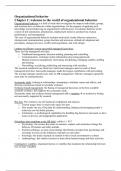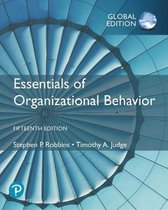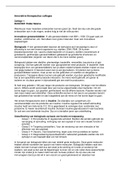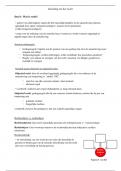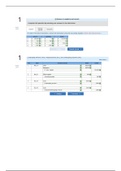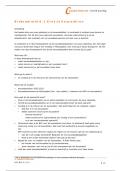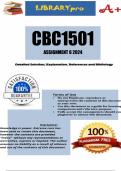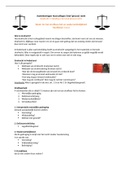Samenvatting
Organizational behavior book summary
- Instelling
- Rijksuniversiteit Groningen (RuG)
This summary explores aspects like personality, attitudes, values, emotions, perception, and motivation. How do individuals perceive the world and others, and what biases might influence them? How can we effectively motivate individuals? Moving on to group dynamics and social processes, it explains...
[Meer zien]
